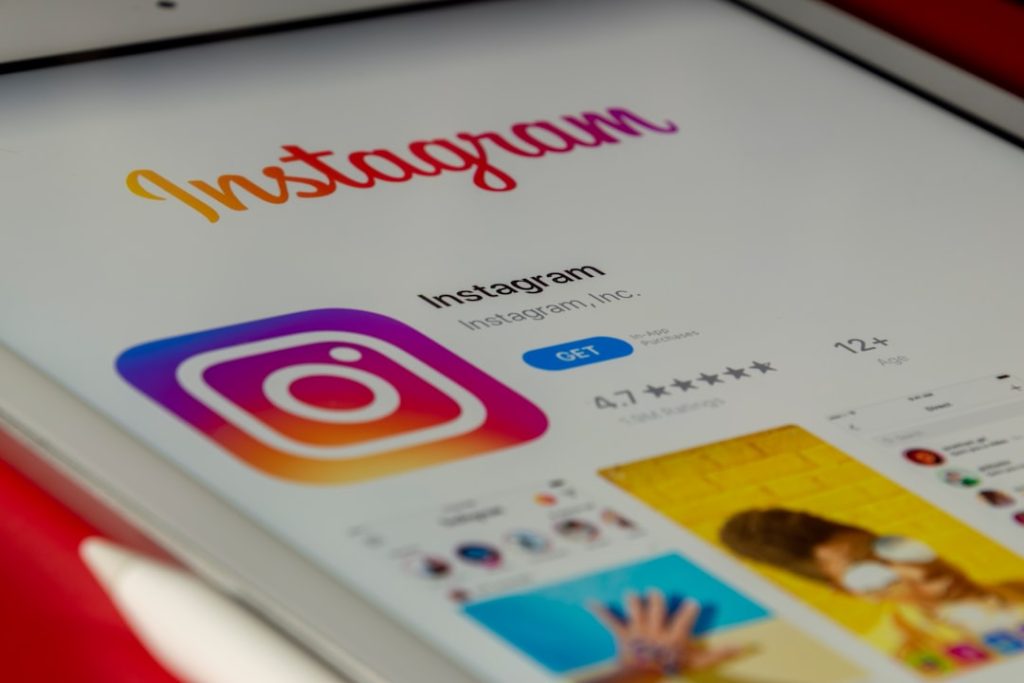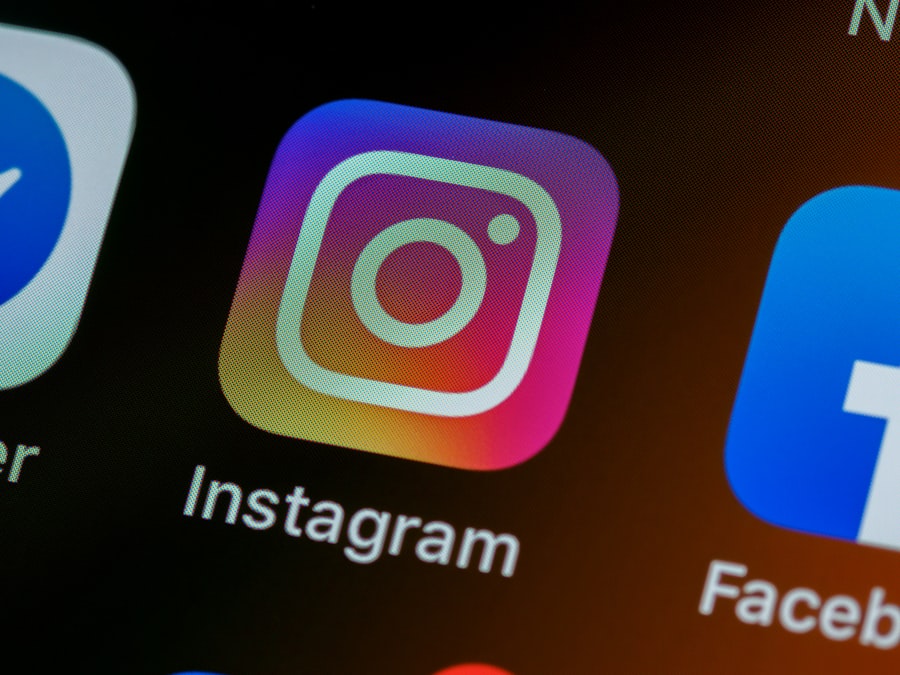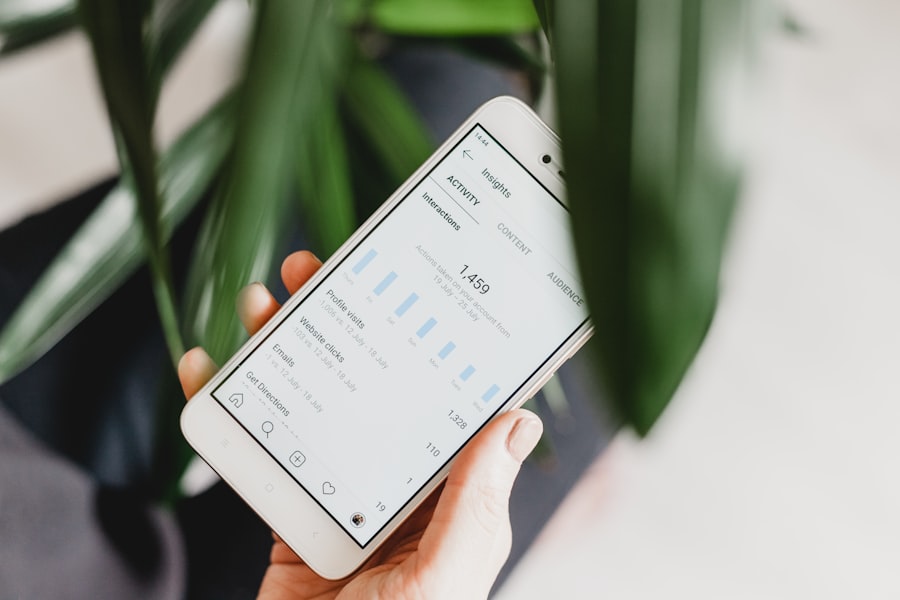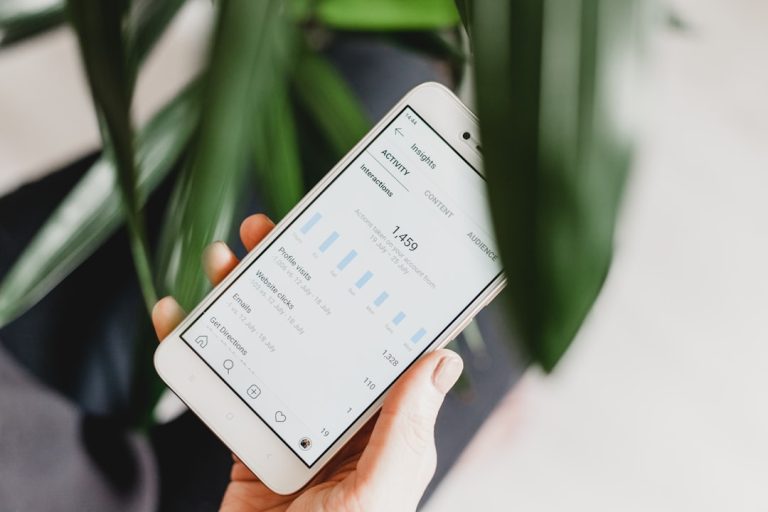
Social media algorithms are complex systems designed to curate and prioritize content for users based on various factors, including user behavior, engagement metrics, and content relevance. Each platform, whether it be Facebook, Instagram, Twitter, or TikTok, employs its own unique algorithm that determines what content appears in a user’s feed. For instance, Facebook’s algorithm considers factors such as the type of content (video, image, text), the user’s past interactions with similar posts, and the overall engagement level of the post.
This means that a post that garners a high level of interaction shortly after being published is more likely to be shown to a broader audience. Understanding these algorithms is crucial for anyone looking to maximize their reach and engagement on social media. For example, Instagram’s algorithm prioritizes content that users are likely to engage with based on their previous interactions.
This means that if a user frequently likes or comments on posts from a particular account, that account’s future posts are more likely to appear in their feed. Additionally, the timing of posts can significantly impact visibility; posting when your target audience is most active can lead to higher engagement rates. By analyzing these patterns and adapting strategies accordingly, content creators can enhance their visibility and foster a more engaged community.
Key Takeaways
- Social media algorithms prioritize content based on engagement, relevance, and timeliness
- Engaging content is visually appealing, informative, and encourages interaction from the audience
- Hashtags and keywords help increase discoverability and reach on social media platforms
- Consistently posting at optimal times helps maintain audience interest and visibility
- Engaging with the audience through comments, messages, and polls fosters a sense of community and loyalty
Creating Engaging Content
Creating engaging content is at the heart of any successful social media strategy. Engaging content not only captures attention but also encourages interaction, whether through likes, shares, comments, or saves. The key to crafting such content lies in understanding your audience’s preferences and interests.
For instance, if your target demographic is primarily young adults interested in fitness, sharing high-quality workout videos or nutrition tips can resonate well with them. Visual elements play a significant role in engagement; posts that include eye-catching images or videos tend to perform better than those that are purely text-based. Moreover, storytelling can be a powerful tool in creating engaging content.
By weaving narratives into your posts, you can create an emotional connection with your audience. For example, sharing personal anecdotes about overcoming challenges or achieving goals can inspire and motivate followers. Additionally, incorporating interactive elements such as polls, quizzes, or questions can further enhance engagement by inviting followers to participate actively in the conversation.
The more you can make your audience feel involved and valued, the more likely they are to engage with your content consistently.
Utilizing Hashtags and Keywords

Hashtags and keywords serve as essential tools for increasing the discoverability of your content on social media platforms. Hashtags categorize content and make it easier for users to find posts related to specific topics. For instance, using hashtags like #TravelPhotography or #HealthyEating can help your posts reach users who are interested in those subjects.
However, it’s important to strike a balance; using too many hashtags can come across as spammy and may deter potential followers. Researching trending hashtags within your niche can provide insights into which tags are most effective for reaching your target audience. Keywords also play a vital role in optimizing your content for searchability.
Incorporating relevant keywords into your captions and descriptions can improve your chances of appearing in search results both on social media platforms and search engines. For example, if you run a beauty blog, using keywords like “skincare routine” or “makeup tips” in your posts can attract users searching for those specific topics. Additionally, platforms like Instagram allow users to search for content based on keywords in captions, making it even more crucial to use them strategically.
By effectively utilizing hashtags and keywords, you can significantly enhance your content’s visibility and attract a larger audience.
Building a Consistent Posting Schedule
| Metrics | Value |
|---|---|
| Number of Posts per Week | 5 |
| Engagement Rate | 10% |
| Average Likes per Post | 100 |
| Comments per Post | 20 |
Establishing a consistent posting schedule is fundamental for maintaining audience engagement and building a loyal following on social media. Consistency not only helps keep your brand top-of-mind for followers but also signals to algorithms that you are an active user, which can improve your visibility in feeds. The ideal posting frequency varies by platform; for instance, posting daily on Instagram may be beneficial, while Twitter users often expect multiple updates throughout the day due to the fast-paced nature of the platform.
To create an effective posting schedule, it’s essential to analyze when your audience is most active online. Most social media platforms provide insights and analytics that reveal peak engagement times for your followers. By aligning your posting times with these peak periods, you can maximize the chances of your content being seen and interacted with.
Additionally, planning your content in advance through a content calendar can help ensure that you maintain consistency while allowing for flexibility to adapt to trending topics or events relevant to your audience.
Engaging with Your Audience
Engagement is a two-way street; it’s not enough to simply post content and hope for interaction. Actively engaging with your audience fosters a sense of community and encourages followers to interact more frequently with your posts. Responding to comments and messages promptly shows that you value your audience’s input and are interested in building relationships rather than just broadcasting information.
For example, if a follower asks a question about a product you’ve featured, taking the time to respond thoughtfully can enhance their connection to your brand.
For instance, if you run a cooking account, asking followers about their favorite recipes or cooking tips can spark discussions that not only increase engagement but also provide valuable insights into your audience’s preferences.
Hosting live Q&A sessions or interactive stories can further enhance engagement by allowing real-time interaction with followers. By prioritizing engagement and fostering genuine connections with your audience, you create a loyal community that is more likely to support and promote your brand.
Collaborating with Influencers and Partners

Collaborating with influencers and partners can significantly amplify your reach and credibility on social media. Influencers have established trust with their audiences, making their endorsements valuable for brands looking to expand their visibility. When selecting influencers for collaboration, it’s essential to choose individuals whose values align with your brand and whose audience matches your target demographic.
For example, if you own an eco-friendly skincare line, partnering with an influencer who advocates for sustainable living can create authentic content that resonates with both their followers and yours. Collaborations can take various forms, from sponsored posts and product reviews to joint giveaways or co-hosted events. These partnerships not only introduce your brand to new audiences but also provide fresh content ideas that can engage both sets of followers.
For instance, hosting an Instagram Live session where both you and the influencer discuss relevant topics can create dynamic interactions that benefit both parties. Additionally, leveraging user-generated content from these collaborations can further enhance authenticity and encourage community participation.
Utilizing Paid Advertising
While organic reach is essential for building a social media presence, utilizing paid advertising can provide a significant boost in visibility and engagement. Social media platforms offer various advertising options tailored to different goals, whether it’s increasing brand awareness, driving traffic to a website, or generating leads. For instance, Facebook Ads allow businesses to target specific demographics based on interests, behaviors, and location, ensuring that your ads reach the most relevant audience possible.
Creating compelling ad content is crucial for capturing attention in crowded feeds. High-quality visuals paired with concise messaging can effectively communicate your value proposition while encouraging users to take action. A/B testing different ad formats—such as carousel ads versus video ads—can help identify which types resonate best with your audience.
Additionally, retargeting ads can be an effective strategy for re-engaging users who have previously interacted with your brand but did not convert. By strategically utilizing paid advertising alongside organic efforts, brands can create a comprehensive approach that maximizes their social media impact.
Analyzing and Adjusting Your Strategy
The digital landscape is constantly evolving; therefore, regularly analyzing the performance of your social media strategy is essential for ongoing success. Most platforms provide analytics tools that offer insights into key metrics such as engagement rates, reach, impressions, and follower growth. By examining these metrics over time, you can identify trends and patterns that inform future content decisions.
For example, if you notice that video content consistently outperforms static images in terms of engagement, it may be worth investing more resources into video production. Adjusting your strategy based on data-driven insights allows for continuous improvement and adaptation to changing audience preferences or platform algorithms. Conducting regular audits of your social media presence—assessing what types of content perform best and which strategies yield the highest return on investment—can help refine your approach over time.
Additionally, staying informed about industry trends and emerging technologies ensures that you remain competitive in an ever-changing landscape. By committing to ongoing analysis and adjustment of your strategy, you position yourself for sustained growth and success in the dynamic world of social media marketing.
Social media platforms have become an integral part of our daily lives, allowing us to connect with friends, family, and even strangers from around the world. However, with the rise of social media comes the issue of online privacy and security. In a recent article on sersea.media, the author discusses the importance of protecting your personal information on social media platforms. The article highlights the potential risks of sharing too much information online and provides tips on how to safeguard your privacy while still enjoying the benefits of social media. It serves as a reminder to be mindful of what we share on these platforms and to take steps to protect our online identities.
FAQs
What are social media platforms?
Social media platforms are online services that allow users to create and share content, connect with other users, and engage in social networking. Examples of social media platforms include Facebook, Instagram, Twitter, LinkedIn, and Snapchat.
What are the common features of social media platforms?
Common features of social media platforms include the ability to create a profile, post and share content such as photos and videos, follow and connect with other users, and engage in conversations through comments and direct messaging.
How do social media platforms make money?
Social media platforms make money through various methods, including advertising, sponsored content, and premium features or subscriptions. They may also collect and sell user data to advertisers.
What are the benefits of using social media platforms?
Some benefits of using social media platforms include staying connected with friends and family, networking for professional opportunities, accessing news and information, and discovering new content and trends.
What are the risks of using social media platforms?
Risks of using social media platforms include privacy concerns, exposure to cyberbullying and harassment, addiction and mental health issues, and the spread of misinformation and fake news.
How can users stay safe on social media platforms?
Users can stay safe on social media platforms by adjusting privacy settings, being cautious about sharing personal information, verifying the authenticity of information before sharing, and reporting and blocking abusive or harmful content and users.


